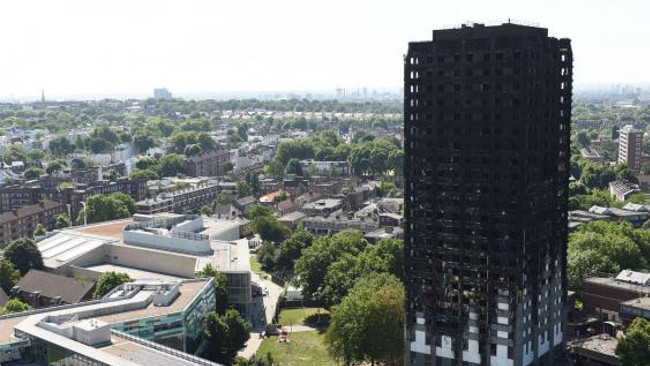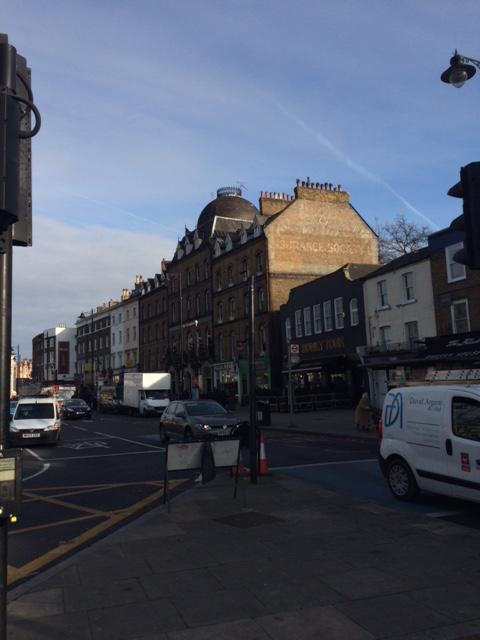Following a unanimous decision by local council members, plans to convert and repurpose London’s former City Hall building into shops, restaurants and offices have been authorised.
The plans, which include dismantling the building’s external glass shell and constructing new balconies with gardens, have been accepted by the planning committee of Southwark Council.
Additionally, a portion of the building would be expanded, which Historic England claimed would “encroach” on the bridge’s views from a major pedestrian route that connects Tooley Street and the Thames.
While some have expressed fears about certain components of the plan or requested that conditions be imposed as part of planning permission, the majority of the organisations and public entities consulted on the proposals have voiced few or no objections to them.
Lord Norman Foster created City Hall specifically to serve as the headquarters for the Greater London Authority (GLA), and the Queen officially opened it in 2002.
It was called a “glass testicle” by former mayor Ken Livingstone and the “glass gonad” by his successor Boris Johnson.
According to a 2020 study, the building was costing the GLA £11.1 million annually, which included St Martins’ rent as well as rates and service fees. After Christmas 2021, this was supposed to increase to £12.6 million annually.
Mayor Sadiq Khan decided to relocate the GLA’s offices to the Crystal building in Newham, which it owned.
The GLA owned the Crystal building in Newham, and Mayor Khan decided to move its headquarters there.
According to his 2020 argument, the action would “save £55 million over five years, which would help us to protect and invest in the things that matter most to Londoners, as well as support the regeneration of the Royal Docks.”

The project was recommended for approval by Southwark Council planning authorities because it will “modernise the building and surrounding area and bring it back into use.” Council members made the decision during a Tuesday meeting of the planning committee on the 10th December.
New owner Kuwaiti-owned St Martins Property Investments aims to remove the glass cladding to create green terraces in an office building with ground floor retail.
St Martins Property Investments, a new Kuwaiti owner, wants to remove the glass facade from an office block with ground floor shops in order to create green terraces.
The building’s tilting profile will also be straightened by the revised design created by structural, mechanical and electrical engineer Waterman and architect Gensler.
The 10-story building’s floor decks will be extended around it to accomplish this.
The current renovation, 110 The Queen’s Walk, will increase the building’s internal space from about 18,000 square meters to 22,000 square meters.
It is anticipated that this redevelopment would revitalise the neighbourhood, drawing in more companies and tourists.
It will also boost the local economy by boosting commerce and enhancing infrastructure.
With plans for energy-efficient architecture and eco-friendly features integrated into the new structure, environmental sustainability will also be a major priority.



